Akalifa: description and care at home
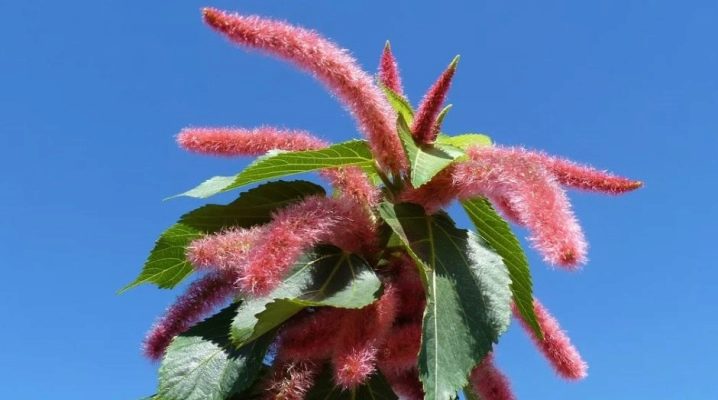
Probably, you have already met an unusual plant with beautiful tails instead of flowers? This is Akalifa, a flower of the Euphorbia family. The name of the flower has ancient Greek roots and means "nettle" in translation. Yes, many find the similarity of carved leaves with serrated edges with the well-known burning grass.
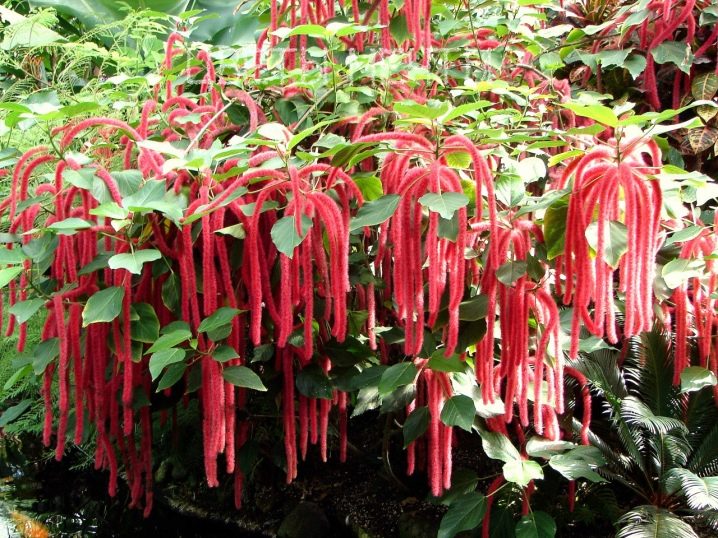
Peculiarities
In nature, this species grows in the tropical forests of Southeast Asia, Oceania, Polynesia and Australia. This species is represented by annual and perennial plants, shrubs, less often - short trees. Long-lasting flowering and decorativeness of the leaves guarantees the love of flower growers all over the world.
Under natural conditions, Akalifa can reach the size of a huge shrub, striking with its abundant flowering. In an apartment, its height will hardly reach 30-60 cm. Blooming with lush red tails is the main feature of this plant. Fluffy inflorescences of an elongated spike-like shape tend to hang down, so many growers prefer to grow Akalifa not as a compact bush, but as an ampelous plant to decorate window openings and window sills.
For its unusual flowers, this plant is often called foxtail or tailed akalif.
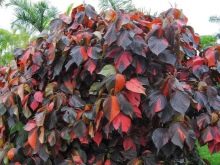
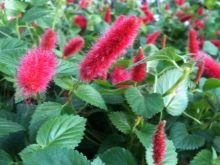
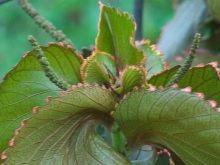
Varieties
The euphorbia or milkweed family has more than 400 species that have related traits. There are flowering and decorative species with original carved leaves. Like all milkweed, Akalifa is poisonous; when cut, the plant expires with bitter milky juice. In some representatives of the species, the juice is a medicinal one that helps with lung diseases: pneumonia, bronchitis, asthma. In southern countries, Akalifa is used as a tonic tea in case of loss of strength and / or weak intestines. When transplanting or pruning milkweed, you should not give up rubber gloves in order to protect the skin.
It belongs to plants that are recommended to be kept away from small children and ill-bred animals.
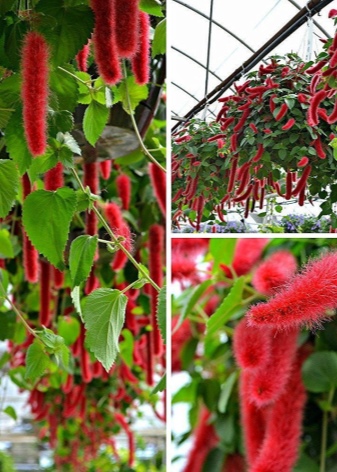
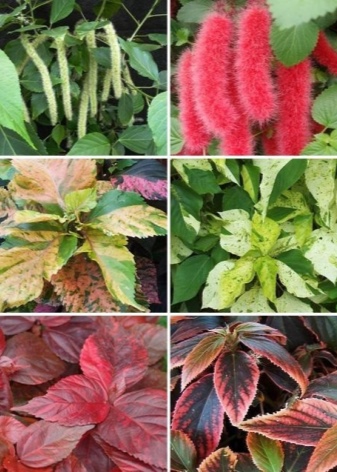
Several varieties can be distinguished with a characteristic description.
- Akalifa with bright red inflorescences and a telling name "Fox's tail", which is characterized by oval leaves with sharp teeth and a rich green color. This is a bristly haired akalifa, the most common type in indoor floriculture. Her beautiful long "earrings" are most often seen on the windows.
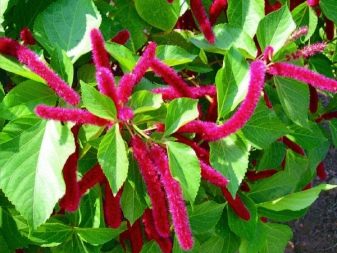
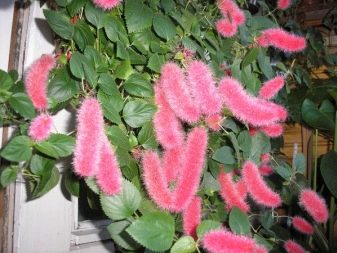
- Interesting snow-white tails of the beauty, which blooms all year round. This is a variety of akalifa "Alba" with white inflorescences.
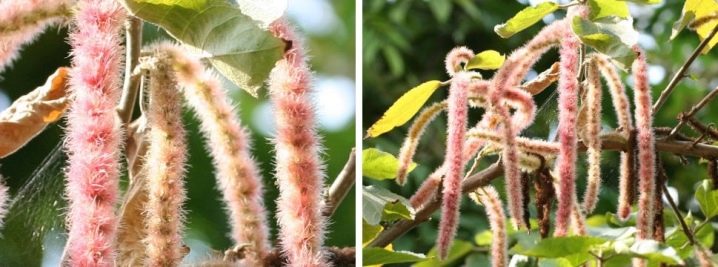
- Wilkes flower with characteristic oval-shaped leaves has a peculiar color. The color of the leaf is so multifaceted that it is impossible to determine which of the tones prevails. There are various shades of red, green, yellow, bronze, burgundy. Soft, fluffy bristles add extra originality to the entire plant.
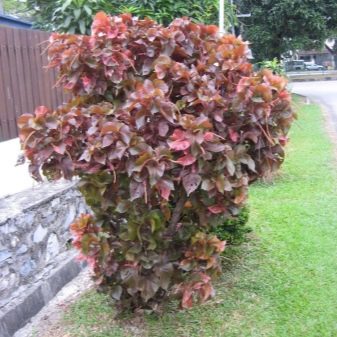
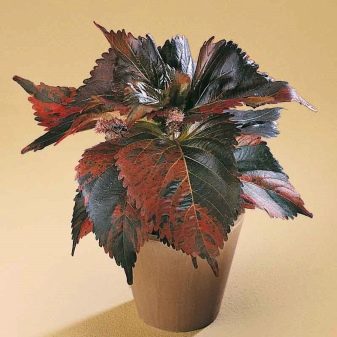
- Modest variegated akalifa has rather large light green leaves with white spots. It blooms almost all year round in small inflorescences. An unpretentious plant, the formation of which requires constant pinching of the tops of the shoots, which provokes branching.
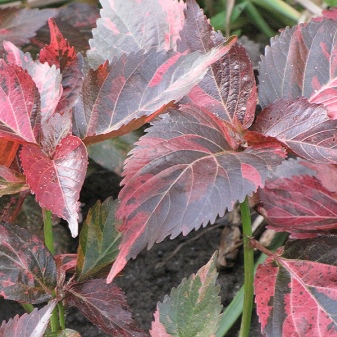
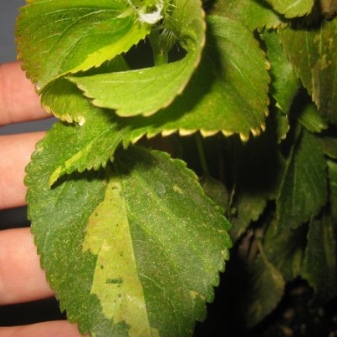
- Akalifa Godseva known for its lush oval leaves of muted green color. Golden and red spots on the leaves give the flower a decorative effect and originality.Small notches on the leaves are the hallmark of this plant species. New Guinea is considered the homeland.
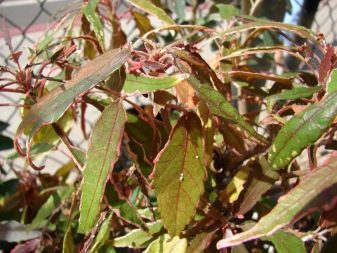
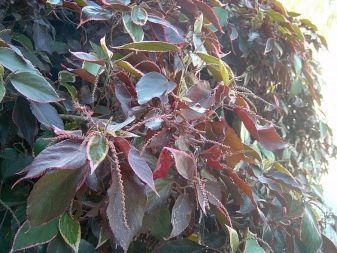
- Very beautiful akalifa haitian originally from Latin America. Differs in spike-shaped inflorescences, light leaves, creeping shoots.
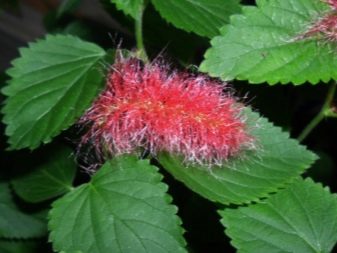
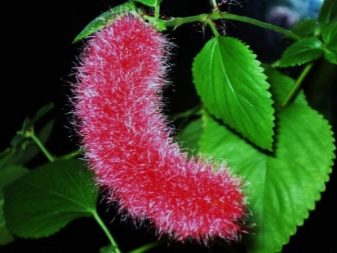
- Alpine foxtail boasts blue foliage and flowers. A very delicate plant that attracts with its naturalness.
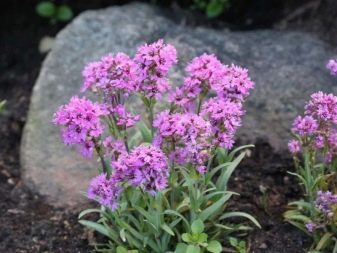

- Akalifa reed with its tall stems and elongated spikelets grows in Central Asia. Seeing these gray blades, it is impossible to guess that a relative of the chic foxtail is nearby - so much the Akalifa can look restrained and organic with the surrounding nature.
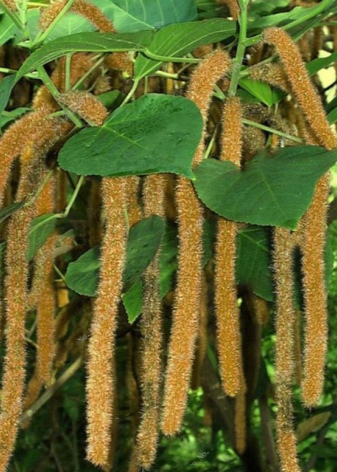
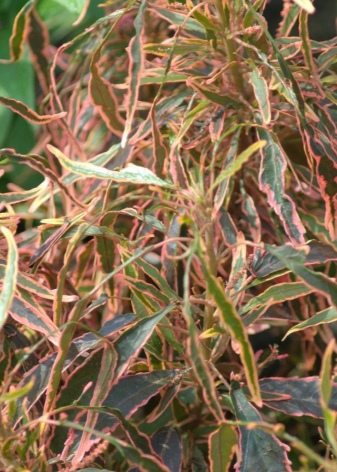
Growing conditions
Like any houseplant, Akalifa requires the creation of favorable conditions for growth and flowering. Competent care guarantees the decorativeness and growth of the flower, the saturation of the leaves, the constant formation of ovaries and long flowering.

Lighting
All plant species are susceptible to light and temperature microclimate. There are practically no plants that do not like long daylight hours and "saturation" with light. Requirements for the care of different species differ only in some features. So, akalifa, as a tropical plant, has a high need for long daylight hours, high humidity and protection from direct sunlight. By creating the conditions for a tropical summer day, you can make the plant bloom almost all year round.
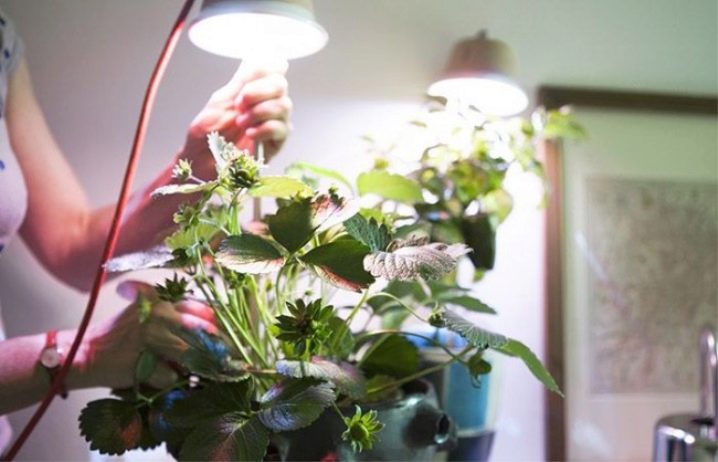
Temperature and humidity
The temperature regime favorable for growth and flowering should not be less than + 20-25 degrees during the day and +20 at night.... It is necessary to protect the plant from sudden temperature changes and drafts. The so-called “cold feet” effect, which occurs when the plant is on a cold windowsill, is unacceptable.
The high humidity required for a tropical plant and low night temperatures can not only slow down the growth of akalifa, reduce its flowering, but also lead to early death.
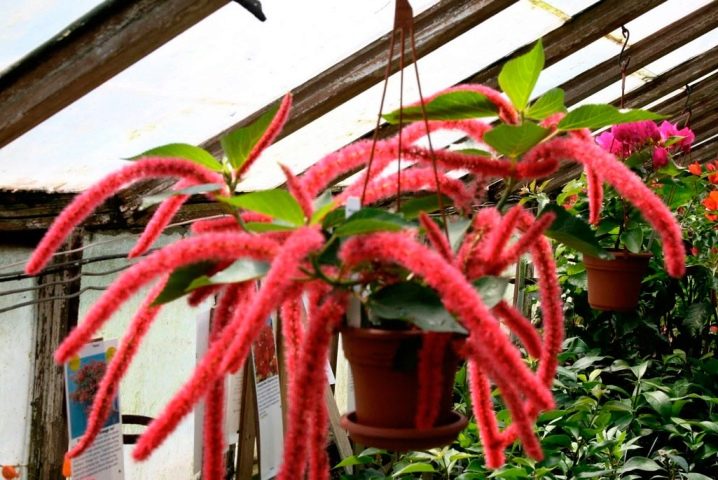
Transfer
The foxtail root system grows gradually and does not require too large a pot. In the presence of full lighting and high humidity, replanting will be required after about 3 years. It is better to carry out it by the transshipment method, without damaging the earthen ball and root system. For the constant growth and flowering of akalife, regular watering and good drainage are needed to prevent stagnant water and root rot. Drainage holes and an inner layer of expanded clay and sand in a pot are prerequisites for this type of plant.

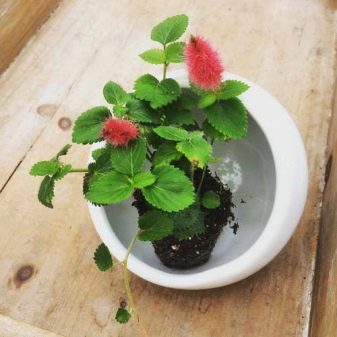
For planting or transplanting, you need a mixture of equal parts of nutritious turf and leaf land, sand and peat. The finished soil purchased from a flower shop can be improved by adding a little pebbles or vermiculite, since Akalifa prefers loose crumbly soil with high air and moisture permeability properties.
How to care?
Caring for tropical plants at home consists mainly in maintaining a comfortable thermal regime, sufficient watering without possible drying out of the soil substrate, and creating air humidity. Usually in winter in apartments with central heating, many plants experience certain difficulties, so you will need:
- frequent spraying warm water of the foliage of the plant;
- bowl of waterlocated next to the blooming akalifa;
- wet mossplaced in a flower pot will help maintain sufficient moisture;
- placing a flower pot in a wide pallet with damp expanded clay or pebbles - when the contents of the pallet are moistened, the air humidity around the flower will certainly rise.
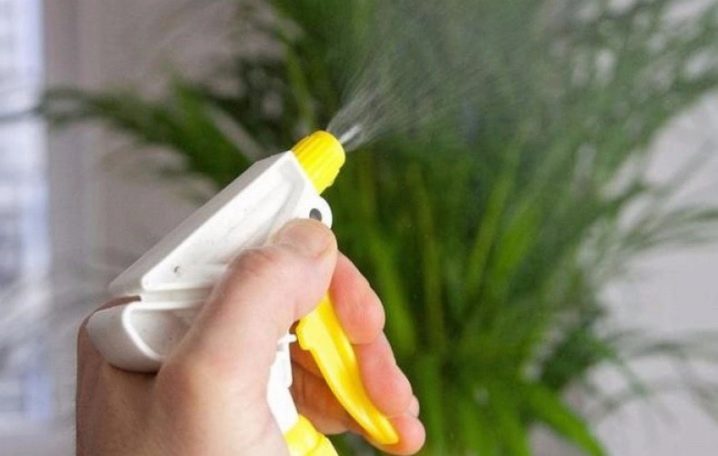
All this will help maintain high humidity, at which the leaves of akalifa will not experience discomfort.
Top dressing
Flowering takes a lot of energy from the plant, so to maintain health and plant buds, it is necessary to water Akalifa every 2-3 weeks with the addition of nutrients. The flower responds well to complex mineral fertilizers such as Agricola, Bud, Fertika.
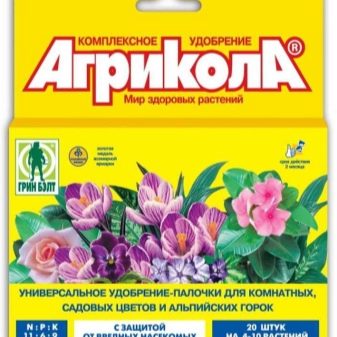

Watering
In the summer, the foxtail has a high need for moisture, so it is better to water it every other day with settled water at room temperature. In winter, watering is reduced to once a week, subject to daily spraying. When watering is limited and the temperature drops, akalifa falls into a state of hibernation.
The most alarming for the plant is the cold water flood, in which the plant can die.
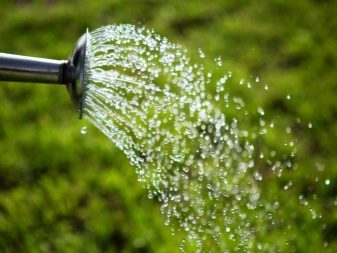
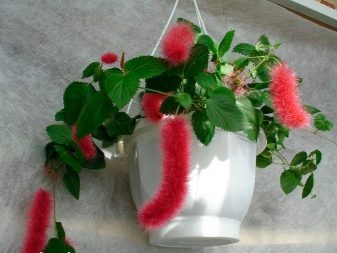
Reproduction
It is quite simple to get the planting material of the chic "fox tail". For this, the lignified apical shoot of the plant is suitable. Side shoots or young shoots should not be used. Most likely, in a humid environment, they will quickly die. The shoots can be rooted at any time of the year, but rooting will occur faster in the spring months. The shoot is either placed in water for rooting, or immediately planted in the ground.
For planting, take equal proportions of sod land and sand, so that the substrate is nutritious and light. A prerequisite for the rooting of a seedling is: the humidity of the earthen coma, sufficient lighting, the correct temperature regime.
Placing a pot of seedlings in a plastic bag or under a transparent lid will help create greenhouse conditions.
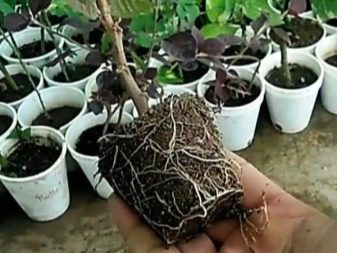
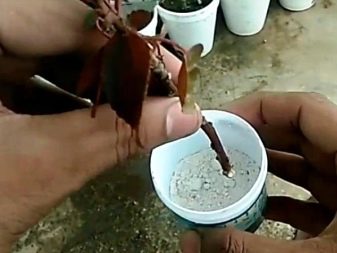
It is possible to grow akalifa from seeds, which are planted in the upper nutrient layer of the earth, moistened and covered with glass. A prerequisite is maintaining a constant temperature without a night reduction. When tender leaves appear, you can transplant the seedlings into personal pots. The transplant should be done carefully so as not to cause even minor damage to the thin roots.
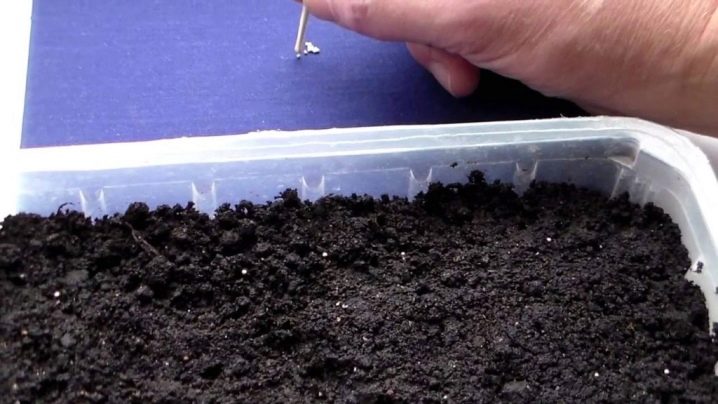
Diseases and pests
Proper care of the plant is the key to health and an attractive appearance. Subject to all agrotechnical subtleties, the plant develops well, has dense foliage of rich color, long flowering.
- Yellowing drying leaves warn that the plant is experiencing a moisture deficit. It is necessary to change the water regime, water regularly and spray abundantly.
- The edges of the leaves turn brown, dry up and break off, the leaves shrink. The reasons for such changes: lack of minerals in the soil, excess or lack of water. Try replanting the plant, giving it more attention, and remembering to water and spray.
- Stretching thin shoots, poor plant development, complete absence of flowering signal an acute lack of light. Changing the place to a more sunny one or providing additional lighting with special phytolamps will help.
- Falling leaves occurs in dry air at the height of the heating season. Measures to humidify the air will help prevent leaf fall. Perhaps a simple spraying of akalifa will not be enough, so it is necessary to use a set of measures: a bowl of water, a pallet with wet expanded clay, an air humidifier.
- The plant does not develop and does not bloom, although outwardly it looks healthy - it may be lacking in nutrients. Nitrogen, which is part of all fertilizers for indoor plants, mobilizes the strength of the plant. In general, timely feeding guarantees the development of a plant with a strong immune system, which itself copes with the external harmful environment.
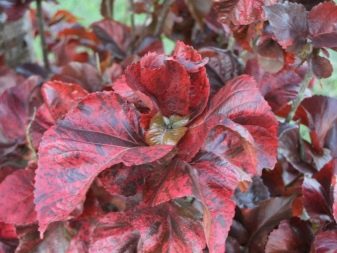
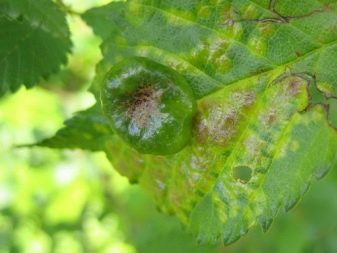
Akalifa, like other indoor flowers, is much less likely to be attacked by pests than garden plants, but infection is possible. Sources: Contaminated soil, harmful spores on clothing, or cut flowers brought home. Indoor flowers are delicate creatures, and treatment can take a long time.Timely assistance at the initial stage of the disease always gives positive results. If you suspect, it is necessary to carefully examine the plant for the presence of pests, especially the inner side of the leaf, where parasites like to lurk.
A diseased plant must be isolated and all preventive measures taken.
- This will help not only special chemicals, but also homemade ones, which are always at hand. So, tar or regular laundry soap without chlorine will help prevent the spread of aphids and mites.
- To combat various types of parasites Ordinary shampoo for animals will help, which contains substances that kill ticks, while minimizing damage to the plant.
- Brown or mealy spots, appear on leaves when damaged by a fungus, are well treated by treatment with a fungicide. It is recommended to repeat the treatment after 10 days.
- As a preventive measure spraying the plant with a weak solution of horsetail helps well.
- The pests parasitizing on akalif feed on its juice and multiply. If you do not show active measures, the plant may die. Treatment with systemic insecticides will help get rid of flower aphids, scale insects.

For information on how to properly care for akalifa, see the next video.















































The comment was sent successfully.